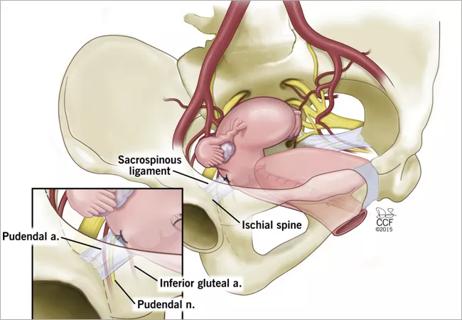Locations:

Specialist teams can improve outcomes and reduce risks

Study uniquely powered to compare adverse effects

Lowers morbidity, improves quality of life

Recall does not necessarily mean transvaginal mesh is defective
Advertisement
Cleveland Clinic is a non-profit academic medical center. Advertising on our site helps support our mission. We do not endorse non-Cleveland Clinic products or services. Policy

Restoring ‘nature’s rubber band’ with the help of nanotechnology
Advertisement
Advertisement